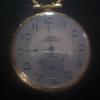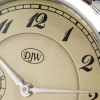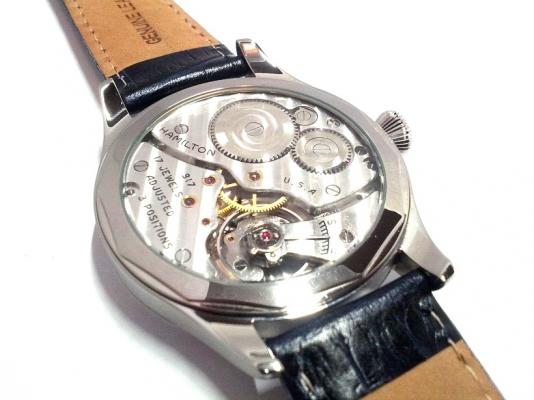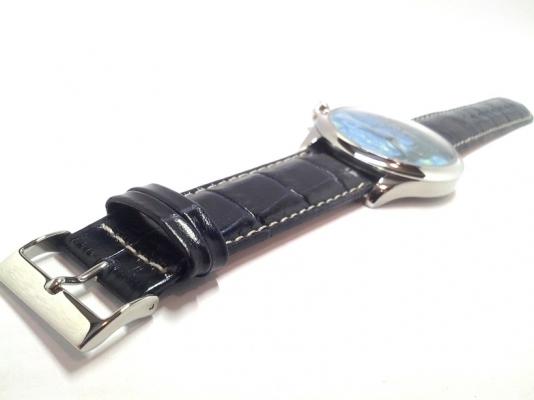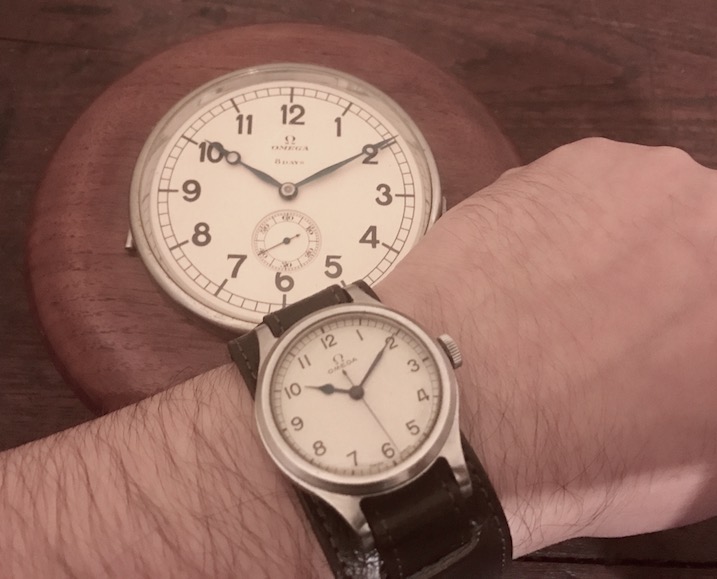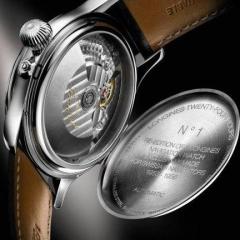Leaderboard
Popular Content
Showing content with the highest reputation on 10/11/16 in Posts
-
As far as learning watch repair goes you're in the right place. All sorts a help to be found here. But if you're only trying to do one watch then not sure how helpful we can be. This is because even to do one watch there certain base items you need and after that an infinitely long list of tools you will never have all the tools you ever need. So to start off with tweezers, movement holder, loupe, Screwdrivers, variety of forms a lubricants and the tools for applying the lubricants. Then you didn't say the condition conceivably cleaning supplies. So the watches currently in pieces why? They usually came assembled so how did this one end up in pieces? Then the advice to the beginner is never starts with something that you want to keep. The reason for this is the likelihood of success with your first watch is almost nonexistent. You'd need a lot of practice assembling disassembling getting your hand eye coordination right. Basically a lot of practice on something that you don't care about. So a watch like this is challenging to do because it appears to be a watch that really wasn't meant to be serviced perhaps. The reason is the entire gear train is hidden under one plate limited number of screws. At least it has screws modern versions are usually welded together. So with a problem is a variety of ways to go about solving the problem. So first we can identify what this is that is covered in the first link. Once we identify what it is we can Google and there's a surprising amount of information like the second link which basically shows you what you need to know to put it back together. But lubrication isn't covered and as you reassemble you will have to lubricate it's not something can be done afterwords. Then before even starting we should probably get some pictures of your pieces. Reason why we need to see pictures and is depending upon how it came to be in pieces if the person disassembly didn't grasp what they were doing things can be permanently damaged. http://www.ranfft.de/cgi-bin/bidfun-db.cgi?11&ranfft&0&2usau&1132761612 http://17jewels.info/movements-en/movements-b-en/movements-b-bifora-en/279-bifora-2025.html3 points
-
Vic, You have what is known as the 4444 Thin-Thin "27" G, released circa 1960/61. The 760/761 were the last of Elgin's automatics and most likely the second last mens grade out of plant 1 before they moved production. You may find Doug's blog entry of value http://gjselgins.blogspot.com.au/2012/12/technological-marvel-or-lemon.html take it easy on the case, the rolled gold plate isn't that great and if it was working all this time, most likely the case would be showing a heck of a lot of plate loss. We have been slowly working our way through identifying the 760/761s that started life as the Thinline models but then were renamed to the Thin-Thin models. This forum post has a link to a google slide were we have an index to the models http://vintagewatchforums.com/viewtopic.php?f=30&t=7208 it will also have a split stem for the crown. You'll either love or hate this movement grade, theres no inbetween but they are **BLEEP** accurate when running correctly2 points
-
I finished painting the dial quite some time ago, but was searching for the right combination of components to put it all together! I hope you guys like it, if not, at least, find it interesting! Yes, another Hamilton pocket watch movement converted into a wristwatch. Also, These cases are quite nice and are very well made. The strap is a dark blue crocodile grain leather.1 point
-
1 point
-
Thanks for the information so far chaps. I am planning to visit a watchmaker, but I wanted to get 'clued up' before I did. How do I know it's a Landeron 149? Truth be told, I don't. The seller has informed me it is, but I cannot (and don;t want to right now) open the case back to check. He did send me images of the movement, which shows the internals - here they are. What do they say to you? I am quite the newbie to this.1 point
-
I have actually cut spring bars, (in the center with a side cutter) that were too crusty to budge using conventional methods. Looks like the one lug is worn clear through, probably why it was glued, too bad. If it has been cross threaded as it appears, your case is probably toast, trying and or paying to have rethreaded might not be worth the expense. Another case perhaps? Or best case scenario the back is only threaded on one or two turns. How do you know it's a Landeron? I'm not trying to be a wise guy, just curious, from the dial/manufacturer? Anything is doable, given the depth of your pockets, I think it might be worth your while, (to find a case) but that's just me, I'm sure you'll get some sound advise here or perhaps even a lead on a new case. The fact that it is running and has partial chrono function is half the battle. Don't just take my word, there are folks here who have forgotten more than I'll ever know!1 point
-
I was thinking your question relates to a bigger picture question of who made certain watches? In other words you see these really nice older pocket watches with the features you describe and there's no name? So you wonder who made it after all how many people were making really nice pocket watches at that time? Then I don't have a picture with the balance wheel this is a really tiny cylinder watch. No name on the back no name on the dial visibly no name anywhere. Upon disassembly though there is a name.1 point
-
It says they vary from almost flat to slightly convex. Semi lunate as I recall is moon shaped which would come under slightly convex. It all depends on the front of the case shutting, just had another look at the front and it doesn't look very high at all.1 point
-
Hi mcass, glasses for a hunter pocket watch are very difficult to find. Can you tell me where you are. I have a contact from another forum and he makes amazing glasses of all types and for a small charge on top of the price of the glass he will fit it to you watch. Mike1 point
-
Congrats on your purchase, i have the exact same one and it works like a charm.1 point
-
1 point
-
It adjusts the depth of the toothing using the eccentric (8401), as shown in the diagram below. Different caliber but the same function (see page 24) 7750.pdf1 point
-
That's awesome Brian. Thanks for posting. I just bought one myself but haven't tried it yet. Nice to know that if something's wrong with it there might be an easy and cheap fix. Cheers.1 point
-
Thanks Brian, I find stuff like this fascinating. Sent from my iPad using Tapatalk1 point
-
WOW! cleaned everything and started putting it back together. Everything goes real smooth until I go to put the bridge on. I can get everything lined up with their pivots but the escape wheel and the 4th wheel. Ive literally spent about 3 1/2 hours trying to get everything lined up for this one bridge.1 point

